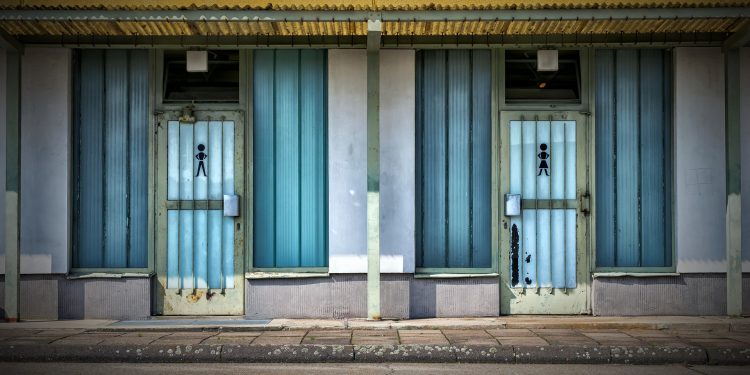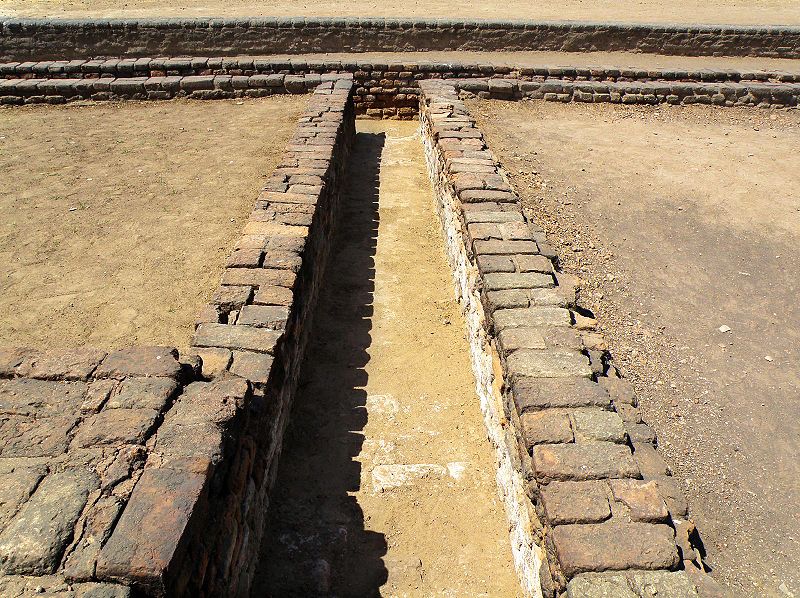How Clean is the Swachh Bharat Abhiyan

Introduction
“A clean India would be the best tribute India could pay to Mahatma Gandhi on his 150 birth anniversary in 2019,” was the statement given by Mr. Narendra Modi on the launch of Swachh Bharat Abhiyan on 2nd October 2014.
Three years into the Abhiyan and as many as 49.62 million more households in India have toilets and 250,000 of India’s 649,481 villages have been declared free of open defecation. So the question that lingers now is: Have the Numbers on paper really brought a paradigm shift in the sanitation of rural India?
‘Moderately Unsatisfactory’
The allocation of a budget of 9000 Crores covering 4,041 statutory cities and towns from Centre for Swachh Bharat Abhiyan was deployed at the start of the campaign. The World Bank additionally approved a loan of $1.5-billion for a support operation project of Swachh Bharat Campaign.
This loan was granted to support the rural component, known as SBM – Gramin (SBM-G). The rural India constituting to over 60 percent population were targeted to reap the maximum benefits over a five-year period using a new performance-based program which links funds directly to results.
However, the World Bank refrained from giving the first installment due July 2016. The reason behind this was the lack of India in fulfilling the condition of conducting and announcing results of an independent verification survey rating the overall implementation as ‘moderately unsatisfactory.’
Unverified Data
So far, 7 States have been declared Open Defecation Free(ODF) among which Sikkim, Himachal Pradesh, and Himachal Pradesh were the first ones to be declared ODF.
Union minister Hardeep Singh Puri said “About 38 lakh household toilets in urban areas have already been built against a target of 66 lakh. 14 lakh toilets are under construction and over two lakh community and public toilets have been built, against a target of 5 lakh.”
Gram panchayats have self-declared 193,081 villages to be ODF.
While the number of ODF states and cities reach a staggering high, 53.9 percent of these have not been verified, according to the Ministry of Drinking Water and Sanitation, which is responsible for Swachh Bharat Mission-Gramin, which accounts for 85 percent of Swachh Bharat Mission’s budget.
The Shocking Reality Behind Open Defecation Free Announced States
Indore, the ninth-largest city in India with over 20 lakh people, has shown phenomenal progress. It was ranked at 117 in 2014, but has secured the first position in the 2017 Swachh Survekhshan Report.
Indore, being one of the cities declared ODF, revealed the shocking truth on how it reached the first place. In November 2016, the Indore Municipal Corporation(IMC), many households without a toilet were enumerated.
Many communities within low-grade areas and shift made houses were made to pay a subsidized amount to the IMC for the building of toilets. There was progress to be seen in the few days come while pits were being dug and a layout was laid down.
However, as the dates for survey shifted closer, the houses with no toilets present in such communities were razed and demolished without any prior notice. According to a housing rights groups working in the city, over 700 houses were demolished between December 2016 and mid-February 2017. The reason: they didn’t have toilets.
Less number of houses, lesser houses with no toilets and the equation sums up to a city topping the ODF index.
The Need For Behavioural Change
Improved sanitation facility lies in a system that separates human excreta from human contact which includes piped sewer system, septic tank, pit latrine, etc.
A 2014 survey of 3,200 households in five states with the highest rates of open defecation found that About 47 percent of those who defecated in the open said they did so because it was pleasant, convenient and comfortable.
Among households that had built a latrine, 40 percent had at least one family member defecating in the open, the study conducted by the Research Institute for Compassionate Economics found.
Information, education, and communication (IEC) activities were given a fund of 8% under Swachh Bharat Mission-Gramin focusing behavior change by promoting the use of latrines. According to Accountability Initiative’s budget brief, only 1% of the total expenditure had been made on IEC up to January 2017, in the 2016-17 FY.
Duplicate entries, ghost beneficiaries, and missing households were the first stumbling block that researchers from the Accountability Initiative of the Centre for Policy Research faced while tracking beneficiaries of the government’s sanitation interventions across 7,500 households in 10 districts and five states in a December 2015 study.
Whether this Abhiyan is a scam in the making or actually beneficiary has the answer which hangs in the air. There is an incessant need for a behavior change among those receiving the benefits of this scheme to avoid open defecation.
A need more urgent perhaps, to bring in light and further eliminate the menaces involving the show and telltale of high false numbers in contrast with low truthful ground reality.




